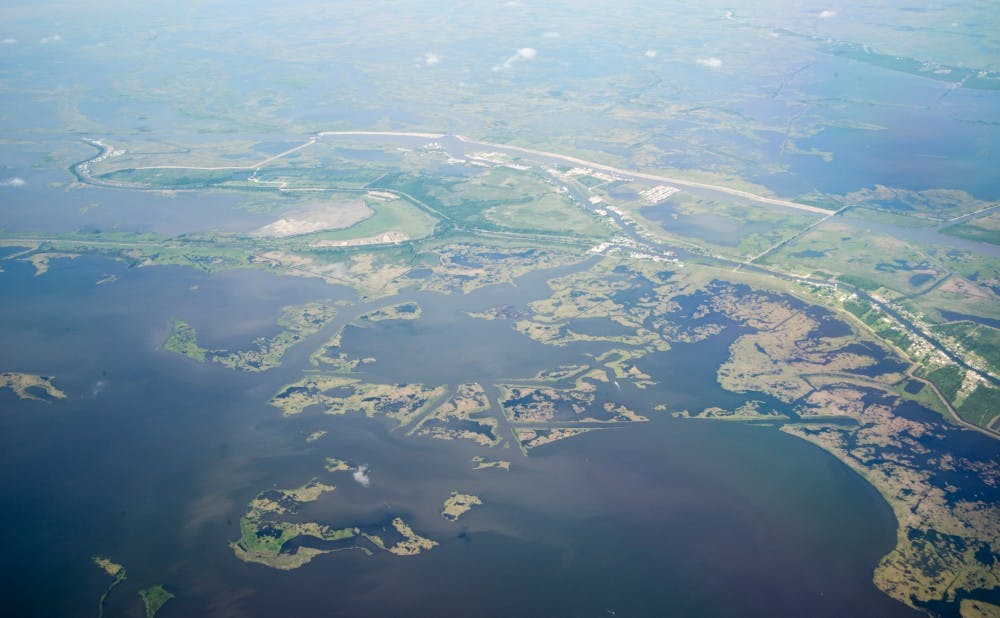With rising sea levels and human development threatening wetlands, the effects of hurricanes could become even more devastating.
“Wetlands attenuate waves so that when a hurricane comes in, they can slow down that wave so damage is not as bad when it hits the coastline,” said Anna Braswell, who received her PhD from Duke's Nicholas School of the Environment in 2017 and is currently a research scientist at University of Colorado Boulder.
New research from Braswell's and study co-author James Heffernan, assistant professor of ecosystem ecology and ecohydrology chair at the Nicholas School, could help scientists better analyze wetlands to determine which ones are most vulnerable. Erosion and vegetation were two of the factors that determined the "persistence or loss of coastal marshes," along with the "depth, size, shape and latitude of the estuary," among other things, Braswell said in a news release.
Braswell and Heffernan studies the Atlantic and Gulf Coasts to gain a better understanding of the future of wetlands—areas of marshes and swamps that are saturated with water—and their interaction with humans.
Braswell said they started out seeking to find the driving force behind patterns of wetlands along the East Coast.These patterns, she explained, vary based on the region and factors of the wetland itself.
"In places like Georgia you have these huge expanses of coastal wetlands, and in other places, like in the northeast [United States], there’s fringing or very small strips of wetlands along water bodies,” Braswell said.
With careful modeling and analysis, her team has been able to connect certain wetland features to the patterns that they exhibit.
Braswell said they have looked at these wetlands while considering nearby watersheds, coastlines, estuaries and details as small as individual tributaries. Looking at wetlands from a much broader perspective than before, the researchers were able to identify patterns that couldn’t be found otherwise.
Braswell said that her research is important due to the effect of climate change on wetlands, which poses a threat to the ecosystems they create.
With a better understanding of the patterns involved in growth and loss of wetland areas, the researchers will know which areas are in most dire need of restorative efforts. Braswell explained that some areas of wetlands have no means for animals to migrate due to human settlement or other environmental factors and will be more vulnerable to loss.
Braswell speculated that a loss of these wetlands from sea level rise and human settlement could lead to changes in fisheries and loss of the “buffer” that a wetland provides.
Braswell’s studies on wetlands, however, are far from over. Her research will continue with analysis of human development to gain a grasp on how it has affected coastal marshes.
“Understanding where marshes might be at a point where they’re going to degrade or where we might be able to put in more wetland restoration is important to being successful at having marshes into the future,” she said.
Get The Chronicle straight to your inbox
Sign up for our weekly newsletter. Cancel at any time.

